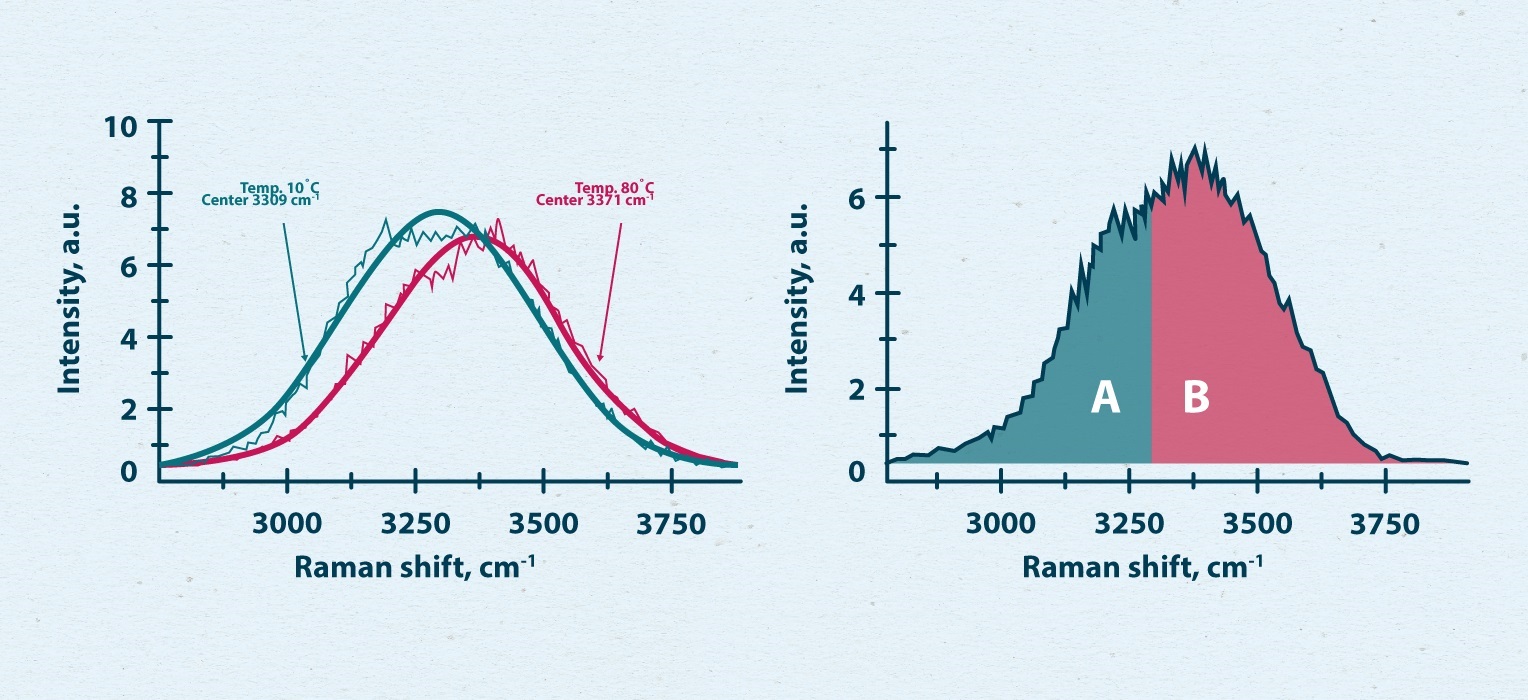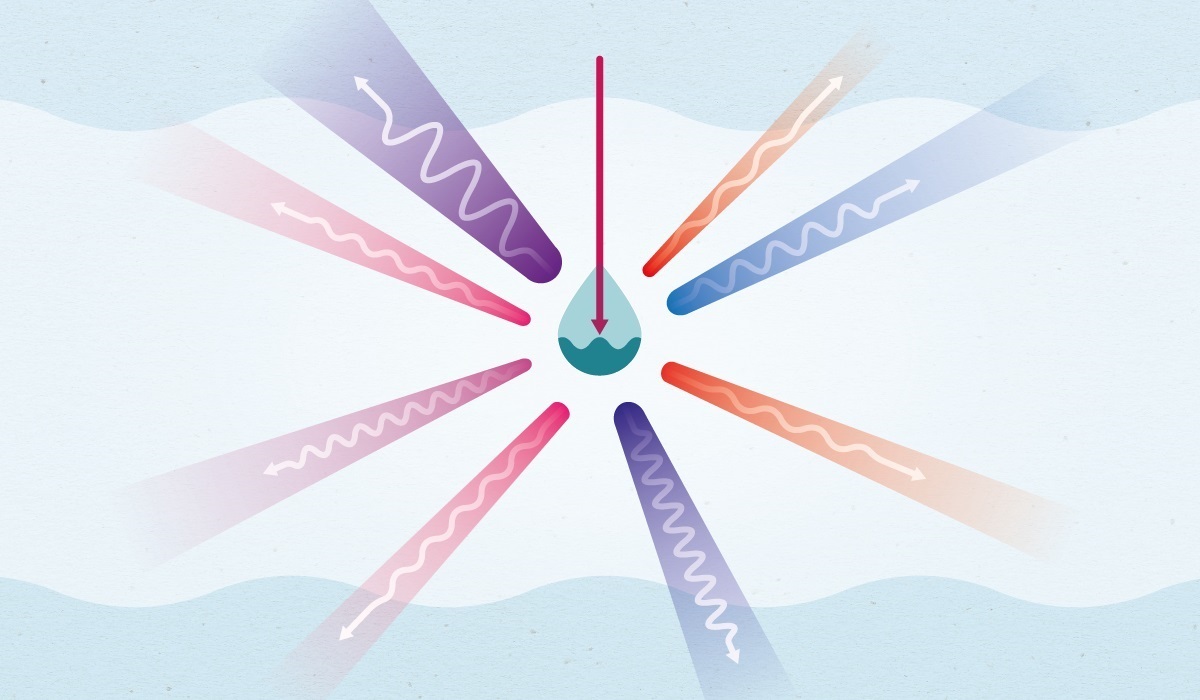01/10/2017
Russian scientists from the National University of Science and Technology MISiS, MIPT, and Prokhorov General Physics Institute (GPI) of the Russian Academy of Sciences have compared the effectiveness of several techniques of remote water temperature detection based on laser spectroscopy and evaluated various approaches to spectral profile interpretation. The paper detailing the study was published in Optics Letters. The researchers examined four data processing techniques drawing on the relevant analyses in prior publications. The technique which the authors themselves previously proposed, developed and obtained a patent for proved to be precise up to 0.15 degrees Celsius. The research findings will support further development of sea surface temperature remote sensing solutions, enabling scientists to keep track of thermal energy flows in hard-to-reach areas such as the Arctic region, where average temperatures are rising approximately twice as fast as they are elsewhere on the planet.
In their study, the scientists focused on Raman spectroscopy, which is based on the phenomenon of Raman scattering discovered in the 1920s. It involves the interaction of a medium with a light wave: The scattered light is modulated by the molecular vibrations of the medium, resulting in the wavelengths of some of the photons being shifted; in other words, some of the scattered light changes its color. Raman scattering and, by extension, the field of Raman spectroscopy were named after Sir C. V. Raman, an Indian physicist who was awarded a Nobel Prize for the discovery of this effect. Interestingly, Russian scientific literature tends to refer to the same phenomenon as “combination scattering,” a term coined to emphasize its independent discovery by Soviet researchers.
“With the climate changing so rapidly, remote sensing of water temperature is a priority, but the radiometry techniques currently in use are only precise up to about a half degree. Raman spectroscopy enables measurements with a much greater precision,” claims Mikhail Grishin, one of the authors of the study, a Ph.D. student at MIPT, and a researcher at the Laser Spectroscopy Laboratory of the Wave Research Center at GPI.
The experiment carried out by the scientists involved probing water with a pulsed laser and using a spectrometer to analyze the light that was scattered back. Depending on the temperature of the water, its characteristic OH stretching vibrations spectral band was variably transformed. The scientists needed to find out whether it is possible to establish a clear relationship between water temperature and one of the spectral band parameters.

Fig. 1. Raman scattering spectrum of water OH stretching vibrations at two different temperatures (left); the two-color technique (right), one of the approaches to spectral data analysis in Raman spectroscopy.
The scientists examined the temperature dependence of several spectral band parameters (aka metrics), viz., certain parts of the area below the graph (see Fig. 1), differential spectra (the result of subtraction of two spectra), and the location of the peak of the curve fitting the band spectrum. Although it proved possible to establish a relationship between water temperature and each of the abovementioned metrics, the estimated temperature measurement accuracy of the respective techniques varied. Statistical analysis of experimental data showed that temperature dependence was most pronounced when the wavelength that corresponds to the peak of the curve fitting the band spectrum was used as a metric. The scientists were granted a patent for the corresponding approach to spectral profile interpretation by the Russian patent office.
Seawater temperatures in the Arctic are currently monitored using a range of techniques including direct measurements made by weather buoys and merchant or research vessels. However, to track the temperature dynamics of sea surface water in real time and over vast areas, it is necessary to make aerial observations using sensing equipment installed on aircraft or satellites, which irradiates the water with a laser and collects the scattered light. A spatial resolution of less than one kilometer enables researchers to create very detailed temperature maps which can be used to monitor the transfer of heat by ocean currents, predict how fast Arctic ice is going to melt, and make a global climate change forecast. As unmanned aerial vehicles (UAVs) become better, remote sensing equipment should also be improved to be more precise, lightweight, compact, and energy-efficient. The scientists are developing both the software and the laser–detector system.
Vasily Lednev, one of the authors of the study, a leading expert at the Department of Certification and Analytical Control of NUST MISiS, told us how he sees the future of this research: “One of the main hurdles faced in remote sensing of the sea surface is the necessity to calibrate equipment and verify satellite measurement results against contact measurements of seawater parameters (temperature, chlorophyll concentration, etc.). The development and design of compact autonomous lidar (laser radar) systems which can be mounted on UAVs will enable us to obtain detailed sea charts featuring a range of water parameters. These lidar systems are also of immediate interest to the study of hard-to-reach and dangerous objects like icebergs or ice shelves.”

Fig. 2. Water temperature map of the Arctic region. (data source)
The average annual changes in the temperature of the world’s oceans tend to be very small. It is currently heating up by a mere tenth of a degree every ten years, whereas seasonal temperature variations can amount to several degrees. This means that an error of just half of a degree will cause a significant drop in precision of the overall picture of temperature dynamics that we get. In the case of seasonal measurements, the uncertainty can reach 20 percent or more, while long-term climate trends may remain unidentified due to the measurement error.
The remote-sensing thermometers currently in use operate in the microwave spectral range. Raman scattering spectrometry has a significant advantage over microwave radiometry in that the probing laser radiation falls into the visible (blue-green) part of the spectrum. Unlike microwave radiation, to which water is almost completely opaque, visible light can penetrate a layer of water that is 1–10 meters thick. With microwave sensing, the data is only available for the 30-micron-thick surface layer whose temperature is significantly affected by the cold Arctic winds. This gives rise to an error, which is almost entirely avoided in measurements based on Raman scattering. To correct errors of this kind, satellite-based microwave radiometers need to be calibrated against ground-based measurements. By contrast, Raman spectrometry does not face this obstacle and can produce useful data independently from contact observations.















